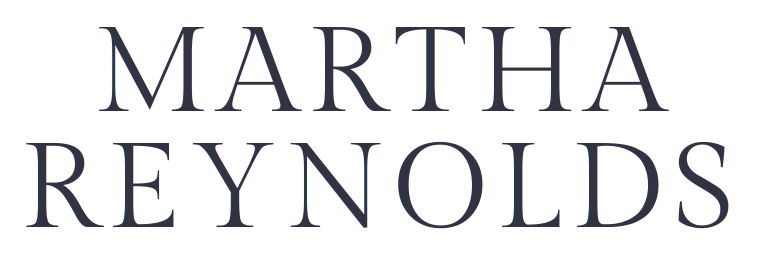#AtoZ Stay Home! Wear a Mask! "N" is for NINIGRET
It seemed appropriate this year to feature a theme that kept me close to home, so I give you my A to Z within the small acreage that is Rhode Island. I tried to be creative (you’ll see!) but I hope you learn something about Little Rhody, too. Whether you’ve lived here all your life, grew up within the boundaries, or have never set foot on one of our many beaches, come along for a virtual tour.
Ninigret, who was also known as Juanemo according to Rhode Island founder Roger Williams, was a sachem, or chief, of the eastern Niantic tribe in New England. In 1637, Ninigret allied with the colonists and the Narragansett tribe ("N" is for Narragansett!) against the Pequots. The photo above is of the entrance to the wonderful Ninigret Park in Charlestown, Rhode Island.
According to history posted at Ninigret Park, after the glacier receded, indigenous peoples lived here in the warmer months, moving inland in the winter to villages surrounded by forest. A mound of oyster shells, called a midden, dating from thousands of years ago, is located in the Ninigret National Wildlife Refuge, which is adjacent to Ninigret Park.
The area was farmland from the mid-1600s until the beginning of World War II.
During World War II, the federal government acquired the land for a naval airfield. Former President George H.W. Bush trained in 1943, and ultimately 1,500 personnel were stationed at the base. In 1944, Navy pilots trained in night fighter operations. Training was dangerous, resulting in 62 deaths from airplane crashes off the coast and in the nearby woods and swamps. The airfield was decommissioned in the early 1970s. In 1979, the property became the Salt Pond Unit of the Ninigret National Wildlife Refuge.
According to archaeologists, Native people were the first to live off Ninigret Pond and its surrounding lands, taking advantage of the abundant supply of fish, shellfish, and other animals that the pond had to offer.







